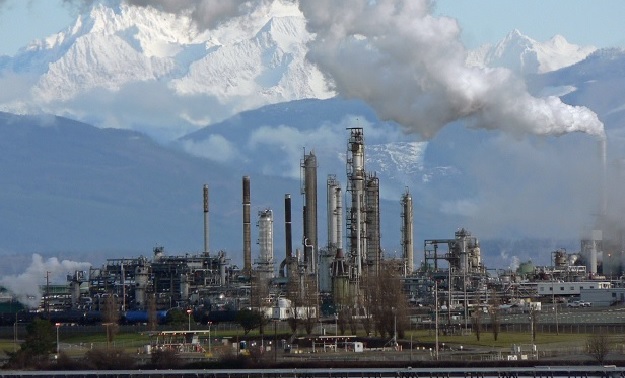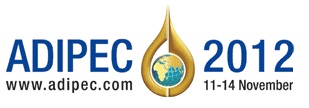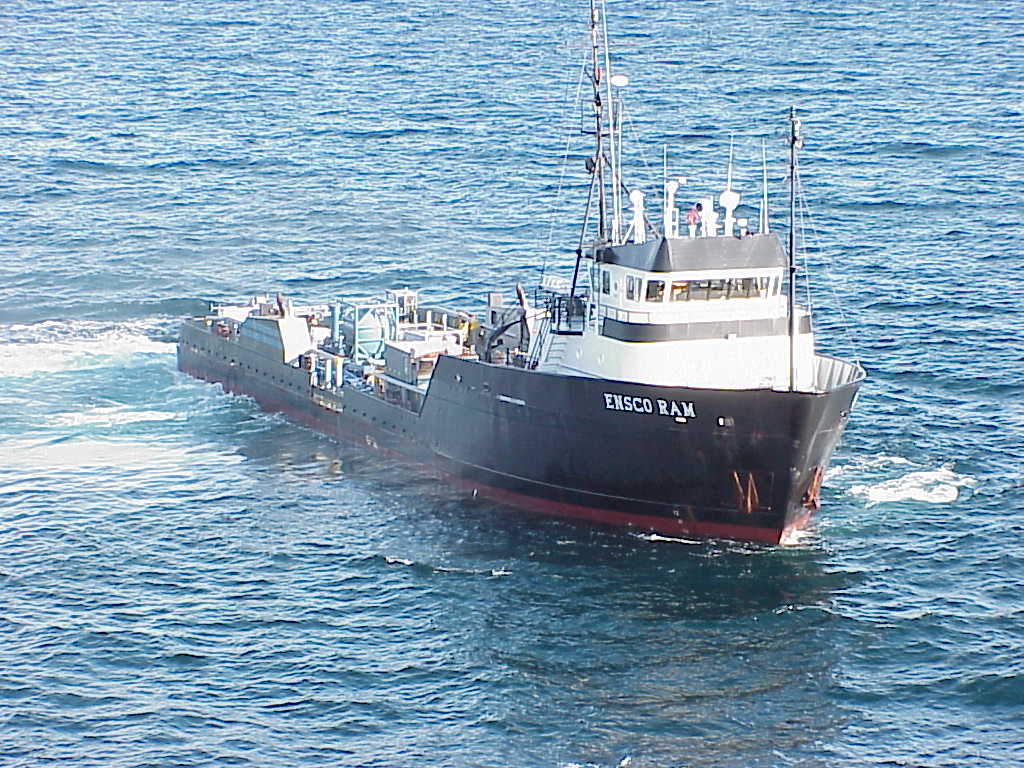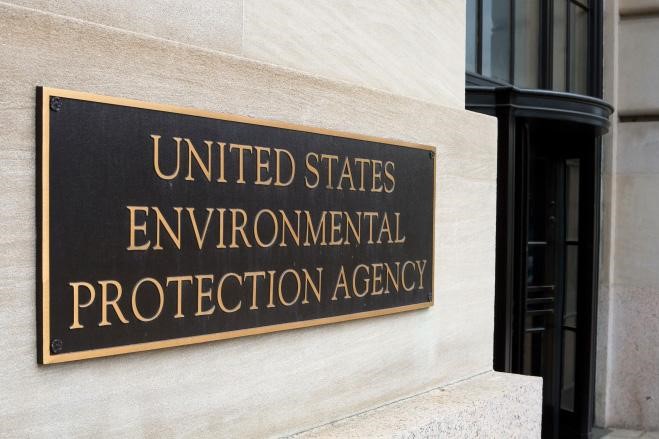
Impact Of Wind, Corrosion, Solar Radiation On Civil Structures
External factors and loads influence and impact the life and quality of structures and buildings. Forces of nature are some of the harshest tests that these structures are subjected to. From different kinds of wind loads to seismic loads, effects of corrosion and solar radiation – there are many factors to consider in the engineering and design of buildings and structures:
Wind Effects On Structures
Wind is a powerful force that has a great deal of effect on structures. There are two broad types of effects of wind on structures: static and dynamic. The static load mainly leads to elastic bending and twisting of structure. Dynamic analysis of wind is required for skyscrapers, taller, long-span and slender structures. This is because gusts of wind cause fluctuating forces on the structure that induce large dynamic motion, including oscillations.

In contemporary architecture, tall buildings and skyscrapers have increasingly complex design and scale that puts them at a greater risk to wind effects and induced forces on the structure. How various structures respond to wind depends on the characteristics of wind. With taller structures that have high aspect ratios, it is vital to analyze the unsteady vortex shedding because this can cause oscillating cross wind forces with a certain frequency. And if this coincides with the natural frequency of the structure then it could lead to a lot of damage or even structural failure.
Thus, the architectural, civil and structural design engineers must create a safe, sustainable and cost-efficient design with the help of wind engineering skills and studies. Wind engineering is an industry standard and is used to first review the dynamic impact of wind on structures and also understand the ways in which design can be optimized to mitigate the effect.
Impact of Corrosion on Structural Integrity
Put simply, corrosion is the damage to metals over a period of time because of their reaction with the environment.
For civil and structural engineers, corrosion is not simply an aesthetic issue; it causes severe damage and deterioration to buildings, bridges, equipment and pipelines. While the metal components on the exterior of the building are more prone to atmospheric damage and corrosion, the effect of corrosion on all the metal elements especially within the building – like foundation and structural walls – is equally bad.
If suitable corrosion control and prevention measures are not applied, corrosion can lead to irreparable structural damage and serious problems in the long-term. Whilst most corroded elements and structures can be salvaged or replaced, the cost is prohibitive. This is mainly why best practice recommends contractors to exercise a preventive approach. During project planning and design stages, structural engineers must look into the site data sheets or environmental studies documents and specifications along with the metal components and coating systems’ survivability given the environment factors.
Corrosion in building structures can diminish the overall value of various buildings because it can result in:
- Thinning of metals used, leading to loss of mechanical strength, damages and ultimately failure.
- Environmental damage: leaking pipes, fuel tanks and vessels can have grave consequences on public health and the entire ecosystem.
Corrosion Of Steel In Concrete
Concrete is a secure protective layer for steel and prevents corrosion and rusting of steel. Owing to high initial alkalinity, a thin passive film of ferric oxide is automatically formed on the steel surface. It is this layer, however thin, that protects steel from corrosion. However, once the environment loses its alkalinity, the layer is no longer effective and the steel starts corroding. To maintain the alkalinity of the environment, the concrete needs to be impermeable. The following preventive measures can be taken to mitigate corrosion:
- Ensure reinforcement is not heavily congested specifically at the intersection of beams and columns.
- Prevent steel from coming in contact with soil, wood, bricks and other porous non-alkaline substances.
- Use materials sensibly, avoiding those that promote the corrosion process that is aggregates with high salt, water containing high salt etc.
- Best-in-class structural design practices with provision of cover
- Giving cathodic protection to reinforcements.
- Corrosive resistant surface coatings with paints, tars, asphalts, etc.
- Using high grade, impermeable concrete.
- Correct water-cement ratio.
Solar Radiation
Solar radiation or UV rays are the energy from the sun. The quantity of solar radiation on a particular site depends on the location – that is latitude and sunlight hours in that area.
Effect Of Solar Radiation On Buildings
UV radiation impacts the durability of many building materials. The paints fade, plastic-based materials become brittle, timber twists and moves, and expansion and contraction owing to heating and cooling causes stress on various materials, so UV radiation is an important consideration in the building’s sustainability.
Engineers must choose materials with a higher UV index number as they have higher resistance to UV degradation.
Conclusion
Buildings and structures are tested by forces of nature and environment all through their lifespan. The correct engineering practices and selection of appropriate materials can help increase the life of buildings and mitigate failures and heavy damage.
Are you looking for an experienced engineering service team that can provide detailed engineering solutions in the Civil & Structural Engineering disciplines? Rishabh Engineering has in-depth experience in many aspects of Civil & Structural Engineering Services. Call: 1-877-RISHABH(1-877-747-4224) OR Contact Us.
Related Blogs
Related Blogs
Meet Rishabh Engineering at ADIPEC 2012 for Potential Partnerships in Engineering Support Solutions
Rishabh Engineering, a multi-disciplinary engineering support division of Rishabh Software,…
Norway Opens New Arctic Area to Oil Drilling While U.S. Drilling Drops & Canadian Drilling Increases
Recently, the Parliament of Norway voted to open up a…


